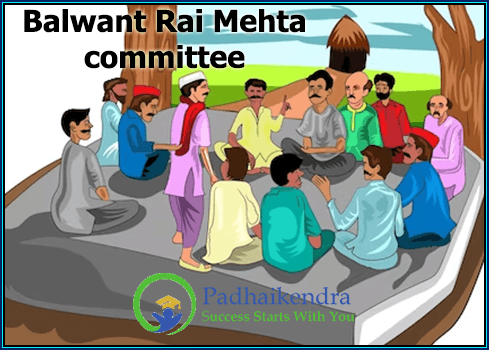External respiration and internal respiration are two related but distinct processes involved in gas exchange in the body.
External respiration, also known as pulmonary respiration, is the process of exchanging gases between the atmosphere and the lungs. It involves the intake of oxygen (O2) from the environment and the release of carbon dioxide (CO2) from the lungs into the atmosphere. During external respiration, oxygen diffuses from the alveoli (small air sacs in the lungs) into the blood, while carbon dioxide diffuses from the blood into the alveoli to be exhaled.
Internal respiration, also known as tissue respiration, is the process of exchanging gases between the blood and the body’s tissues. It involves the transport of oxygen-rich blood from the lungs to the body’s tissues, where oxygen is used in cellular respiration to produce ATP (adenosine triphosphate) and release carbon dioxide as a waste product. During internal respiration, oxygen diffuses from the capillaries (small blood vessels) into the tissues, while carbon dioxide diffuses from the tissues into the capillaries to be transported back to the lungs for exhalation.
In summary, external respiration is the exchange of gases between the lungs and the environment, while internal respiration is the exchange of gases between the blood and the body’s tissues. Oxygen is taken up in external respiration and transported to the tissues for use in internal respiration, while carbon dioxide is released in internal respiration and transported back to the lungs for exhalation in external respiration.


